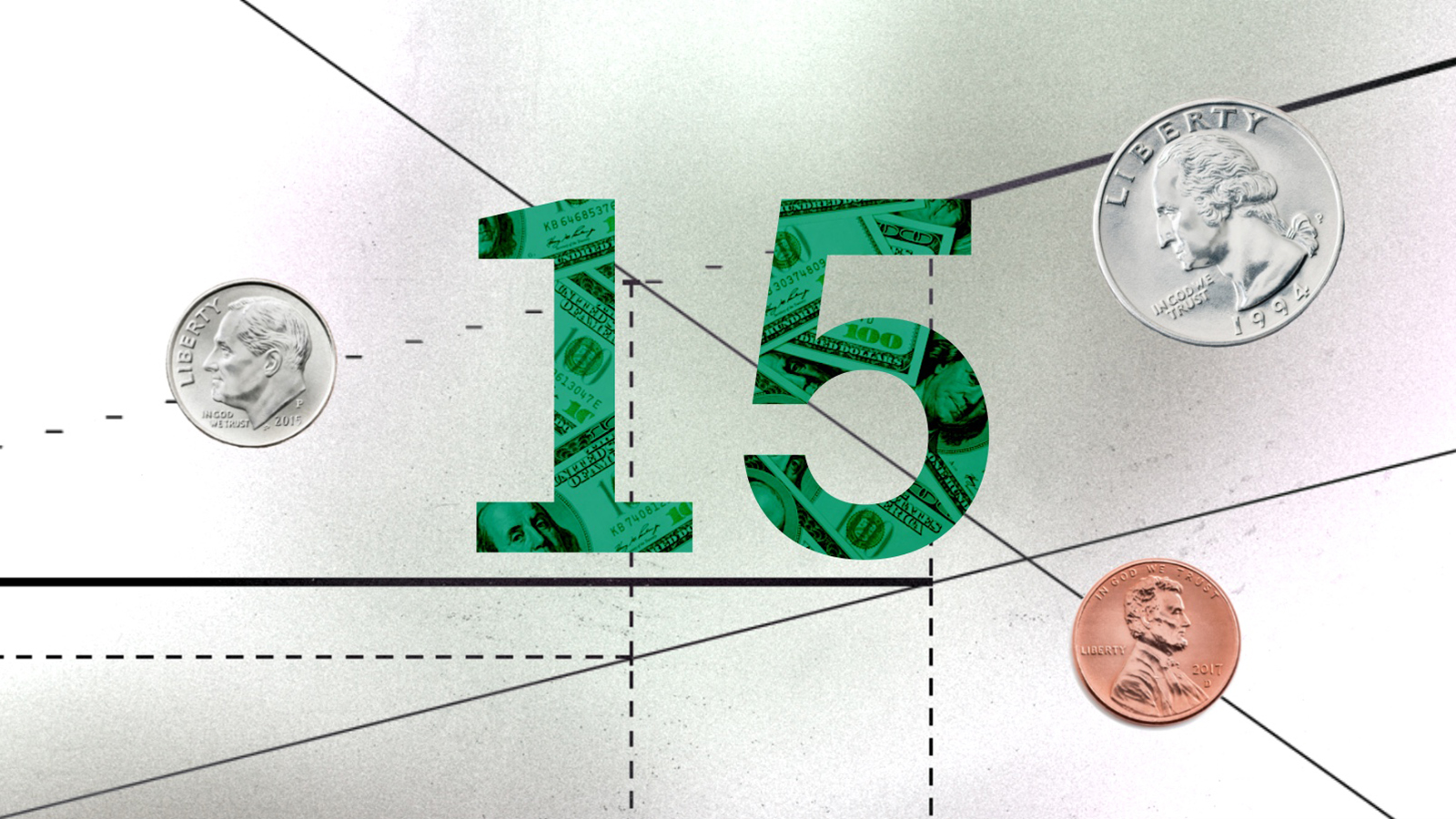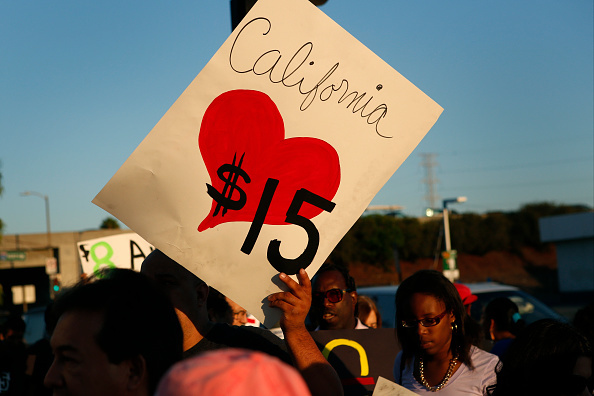3 alternatives to the minimum wage from around the world

- Minimum wage laws are common throughout the world, but critics suggest their side effects are too much to bear.
- From collective bargaining to job guarantees, alternatives to the minimum wage exist.
- Here are three of the more tested and well-known examples.
The minimum wage is not a recent invention. A variation of it was included in the Code of Hammurabi, dating back to ancient Babylon. Minimum wage laws came into existence toward the end of the 19th century with the rise of the labor movement and the economic turmoil faced by many at the time. Today, at least 115 nations enforce some form of minimum wage, as do 21 of the 27 EU member states, along with many major nations outside of Europe, including the U.S., Canada, Russia, Brazil, and India.
But as we’ve discussed before, all policies — even widely beneficial ones — come with some trade-offs, and some economists argue for alternatives to a minimum wage.
Objections to the minimum wage
A minimum wage is a kind of “price floor” that prevents wages from existing below a horizontal line on a supply and demand graph, like the one seen below.

Some economic models predict that if the floor is too high above where the point where supply and demand meet (called the “equilibrium point”), then there will likely be a larger surplus of labor because firms are unable or unwilling to hire people at the minimum price. While experimental data suggest that the threats to employment by an increased minimum wage are greatly exaggerated, some studies show a few negative effects. For example, in Seattle, which recently raised its minimum wage to $15 an hour, the main negative side effect was a short-term cutback in hours for those whose wages increased, followed by reduced hiring at that level.
Because of such possible problems, some have proposed — or experimented with — alternatives to the minimum wage as a means to secure a decent livelihood for workers in modern capitalist economies. Here’s a look at some of the more popular examples.
Sectoral collective bargaining
In the Scandinavian countries, Austria, and Italy, minimum wages are set by collective bargaining agreements. Workers in a given industry are paid according to contracts that apply to entire sectors of the economy. This model can work well when there is high union density — Danish McDonalds employees famously earn $20 an hour, enjoy pensions, and extensive holiday time while still making a Big Mac that only costs $4.73. Without high union density, however, the model can run into problems.
Germany only introduced a standard minimum wage in 2015 when it became clear that this model no longer assured the wages required for a decent living across the entire economy. Ireland did the same in 2000. A variation of this system, in which government Wage Boards set standards in a given industry after speaking to employer and worker associations, has existed in the U.S. as well, but this is rarely used even in the states that have it.
The other basic income scheme
The negative income tax is an income guarantee that would have the government issue payments to tax filers whose incomes are below a certain level. This idea was originally proposed in the 1940s yet only gained popularity when Milton Friedman voiced support for the idea in the 1960s. His model is the most frequently discussed.
In that model, the government sets a break-even income point with all earnings above that point taxed as expected. Workers making less than the break-even point are given a refund equal to half the difference between their income and the break-even point. For example, a person making $1,000 less than the amount would get back $500 after filing their taxes. Friedman argued that the proposal would replace all other welfare programs, while not disincentivizing work or hiring, and that it would be much cheaper to operate than other systems.
Several field studies on the negative income tax show that it can effectively reduce poverty. However, it has its side effects; in an interesting twist, it reduces the labor supply as working youth return to school — potentially creating labor shortages in some areas. The earned income tax credit in the U.S. works as a kind of negative income tax. However, it is not as robust as some proposals for the model.
The government giving everyone a well-paying job
The last option we’ll look at is the so-called job guarantee.
Under this model, the government is (theoretically) always conducting enough public works projects to ensure that anyone in need of a job can find one offering a decent wage and enough hours to assure a reasonable income. The number of jobs offered would rise and fall with the demands of the private sector to prevent labor shortages or spikes in unemployment. The wage offered by this guaranteed job would essentially become the minimum wage, as those making less would have the ability to apply there.
This option attempts to simultaneously solve the problems of wages, unemployment, and inflation — though it would have high administration costs to go along with the public works projects.
Variations of this idea have been policy in different countries at different times, and the U.S. government is technically authorized to implement it. Despite these attempts, it has never been carried out to its full extent in a free society. Efforts that came close in principle, if not in fact, include the National Workshops in 19th-century France, the Works Project Administration during the New Deal in the U.S., and the incorporation of many of economist William Beveridge’s ideas on total employment and welfare by Attlee’s government in the U.K.





